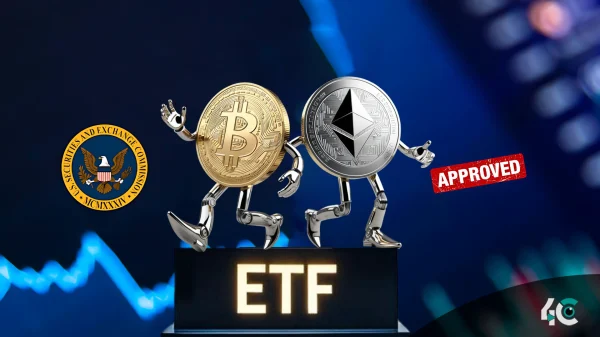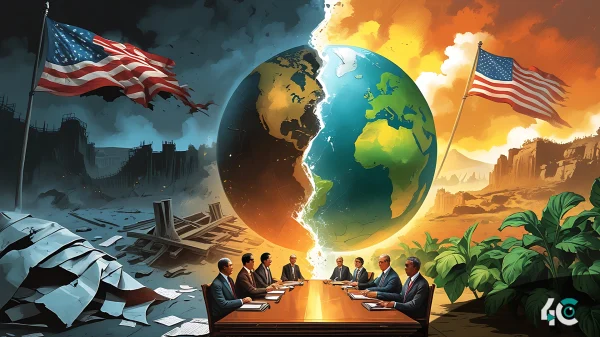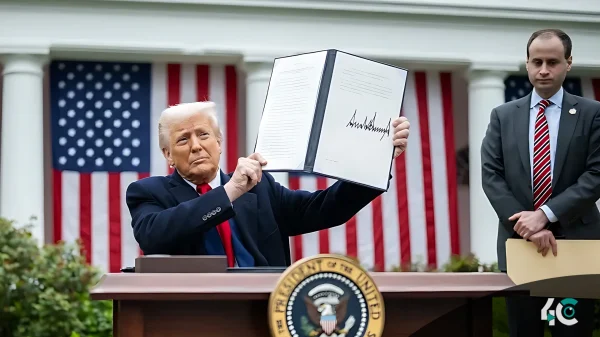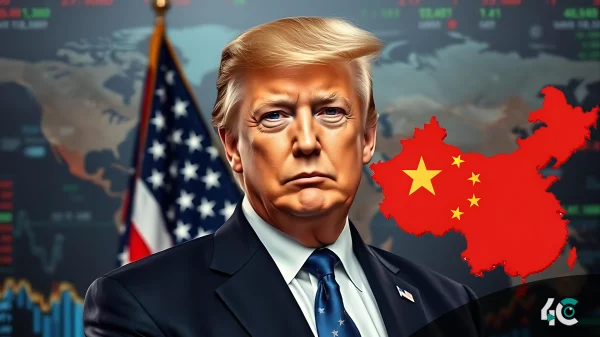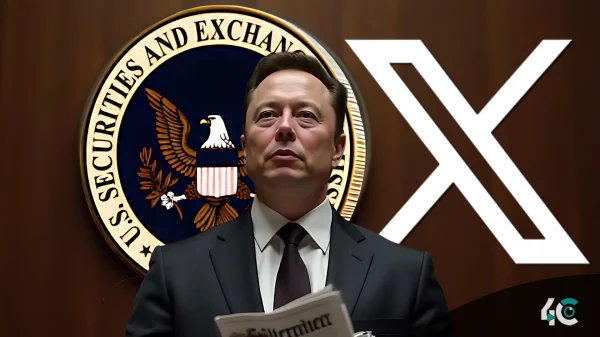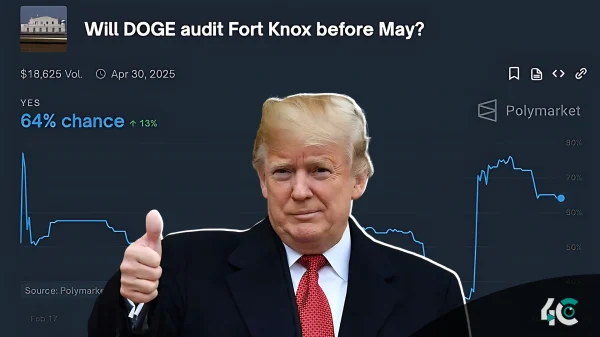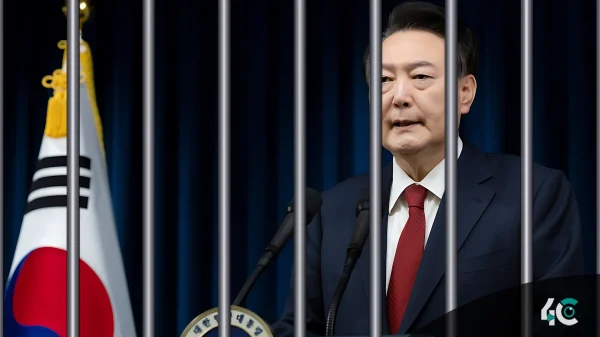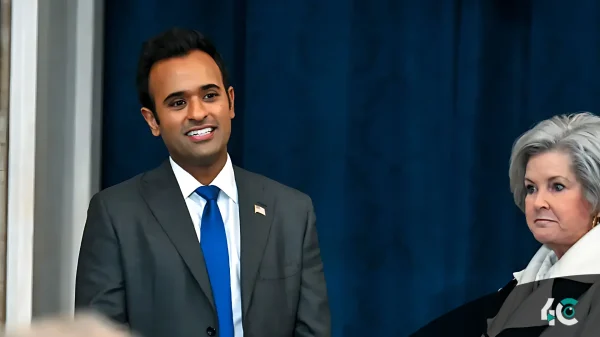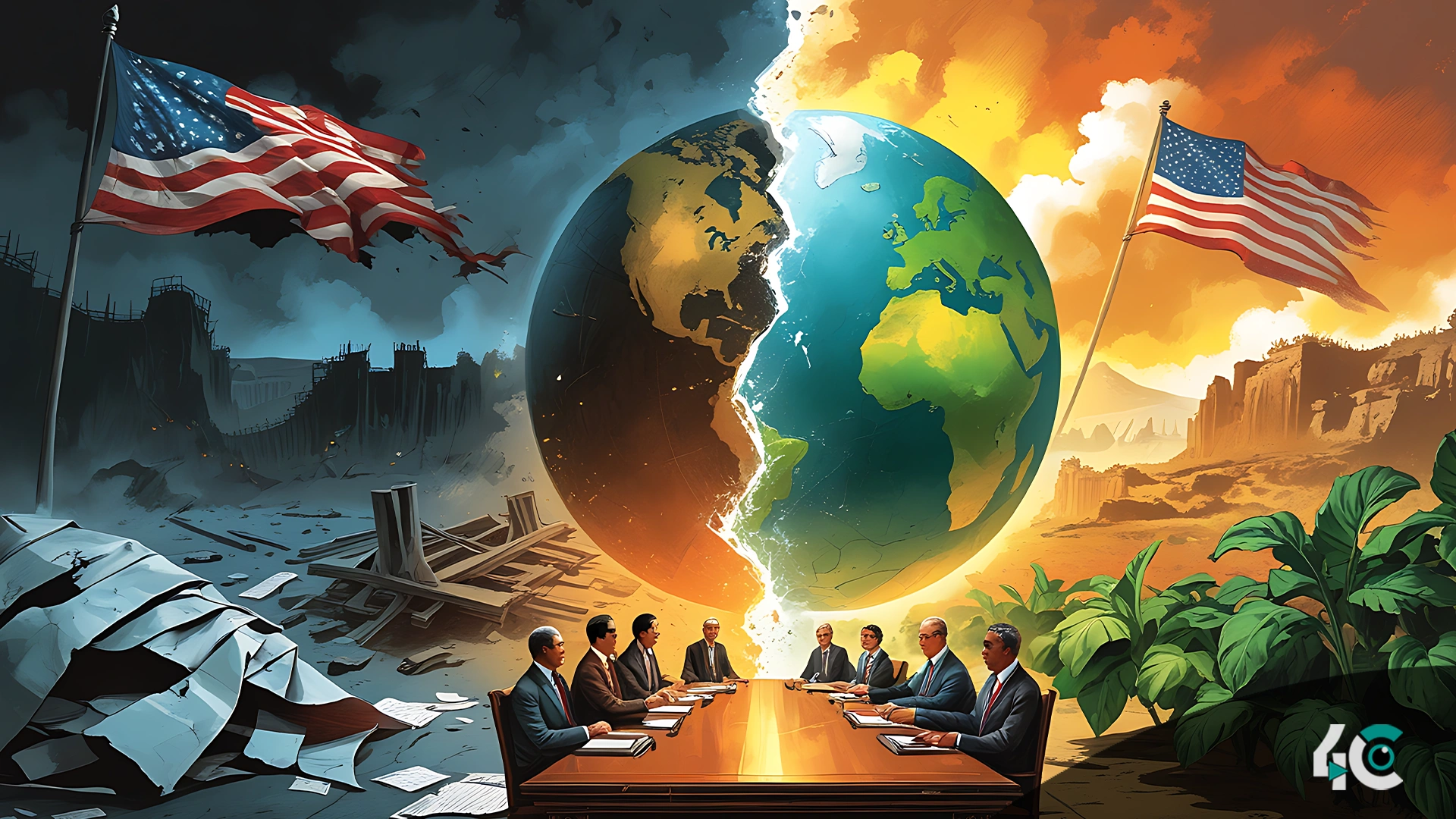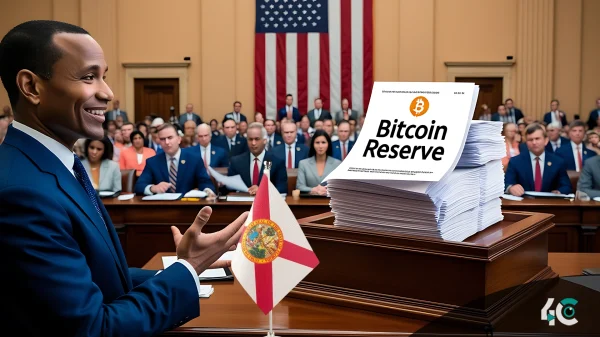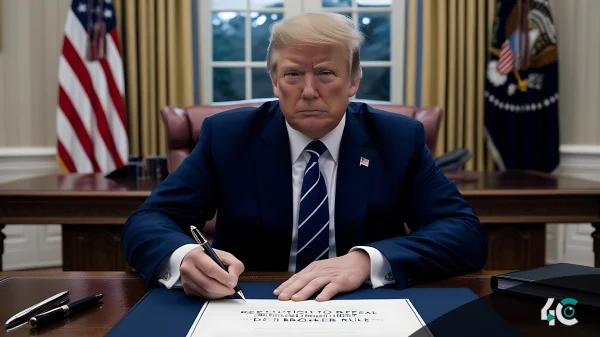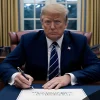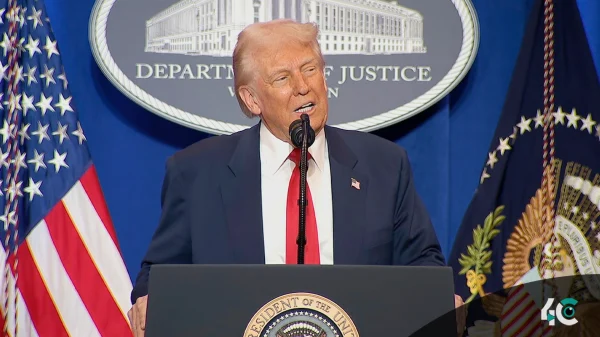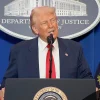The US trade evolution reflects a major transition—from protectionist tariff wars to a focus on economic diplomacy and trade agreements. This shift signals how the U.S. adapts its role in global commerce to maintain influence and foster strategic alliances.
The Tariff Era—Pain Without Precision.
For years, the trade policy of the United States felt like an economic shockwave. The rivalry between globalists and nationalists has intensified, leading to the deployment of strategies that have significant implications.
What lies at the core of this drama? Tariffs represent an ineffective tool.
The Trump administration imposed these tariffs on a wide range of products, from steel to technology. Tariffs were like economic carpet bombs rather than surgical strikes.
• Consumers paid more.
• Supply chains cracked.
• Allies grew uneasy.
• Adversaries adjusted and became more self-sufficient.
While they helped their politicians in the short run, tariffs provoked retaliation from global partners such as China and Europe while costing billions in bailouts for U.S. farmers. Even though there was real economic pain, it was never the closing move; it was only a setup.
Tariffs weren’t the endgame. They were the bait.
A Strategic Pivot—Enter the “New Deals” Doctrine.
With the Biden administration came a shift—not a reversal. Biden upheld the tariffs initiated by the Trump administration. Why? Tariffs, despite their pains, created leverage.
The “New Deal” style is about applying not the stick, which is punishment, but the carrot, which is collaboration with coercive diplomacy. The idea? Use the leftover pain from tariffs to draw allies and enemies alike to the table.
This evolved playbook focuses on.
• We are creating trade coalitions.
• Rebalancing supply chains.
• The goal is to make global technology and trading practices the same.
• Safety of Data & Democratic Standards.
Today, it’s not about an economic war but about exporting rules.
USMCA (NAFTA 2.0).
• One North American trade deal that both Trump and Biden have signed off on.
• When agreements are advantageous and strategic, they stick across administrations, evidence shows.
These moves show that tariffs as punishment is out, while trade as persuasion is in. Quiet but effective.
Risks of the Strategy—Walking a Fine Line.
This strategy isn’t foolproof. Some critics say using tariffs like this is like threatening to bring a loaded gun to peace talks.
• Too much pressure? Allies leave.
• Too little? Adversaries ignore you.
• Game the system? Everyone’s confused.
If we push too hard, we may soon wear non-hostile actors down into resisting action. If you make a weak move, it will be seen as a weakness.
The good news, however, is that reforms to global trade may bring long-term stability to the world trade order to create a trade order based on rules rather than on tariffs.
In Future, No Bullets Needed—The Art of the Deal 3.0
This isn’t Cold War 2.0.
What we once framed as “Trade War 3.0” was never really about fear or conflict — it was about leverage, strategy, and negotiation on a global scale. It’s not war; it’s business.
Global powers aren’t battling with bullets anymore. Global powers are now using tariffs, tech bans, and supply chain control as strategic tools. Behind every restriction or sanction is a calculated move, a deal in the making — not a declaration of war.
Is the battlefield dominated by semiconductors, AI chips, rare earth minerals, energy, and digital infrastructure?
The players? The U.S., China, Europe, and India are not acting out of panic, but rather following a blueprint of dominance through economic strategy.
The objective? Secure the best terms. Dominate key industries. Control future technologies.
We’re witnessing a shift from traditional war tactics to boardroom-style brinkmanship. Similar to any high-stakes negotiation, the key is to determine who makes the first move — gaining control over supply chains, regulations, and influence.
Trade War 3.0 was never about destruction. Persuasion, pressure, and long-term strategy are the key components of Trade War 3.0. This is the era of The Art of the Deal 3.0, where diplomacy is dressed in a business suit and the power of the pen surpasses that of the missile.
• Chips have become the oil of the twenty-first century.
• Supply chains have become the new alliances.
• New standards and values have now become the new soft power.
The U.S. isn’t outmanufacturing China. It’s trying to out-network it. The United States is establishing a network through trade agreements so that people knock on Washington’s door instead of rampaging inside.
Final Verdict: Less Noise, More Fuss.
The tariff wars were like shouting into a hurricane, as they were loud but ineffective.
What is the “New Deal” strategy? It’s the quiet power move. This process writes the rules, rather than arguing to win.
The new trade policy in America is not about raising walls but lowering economic activity.
It is about building bridges with US blueprints.



